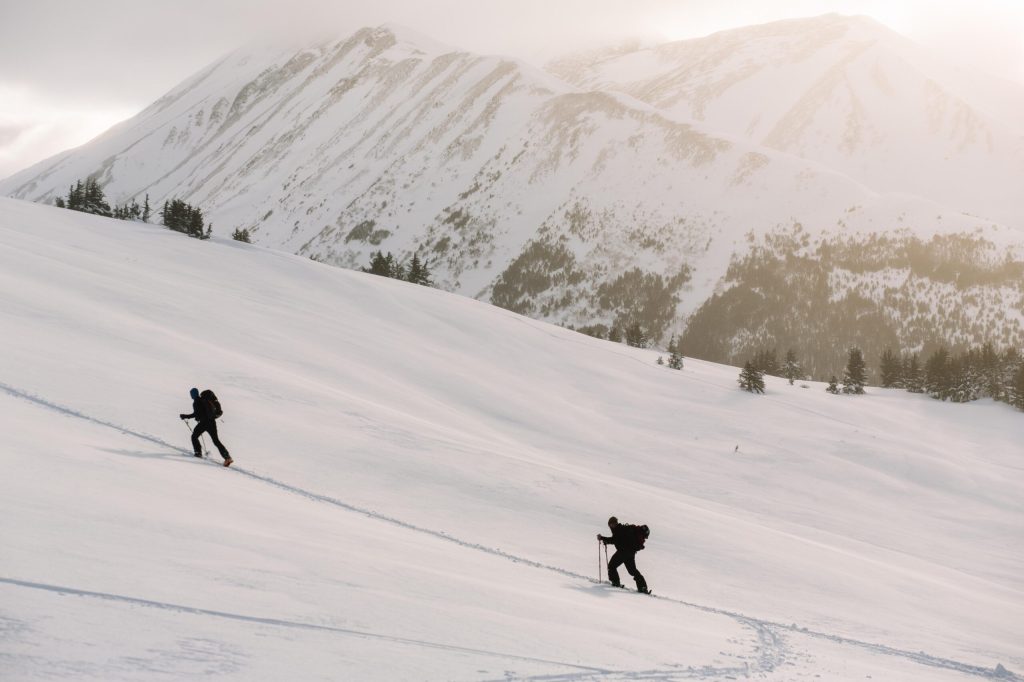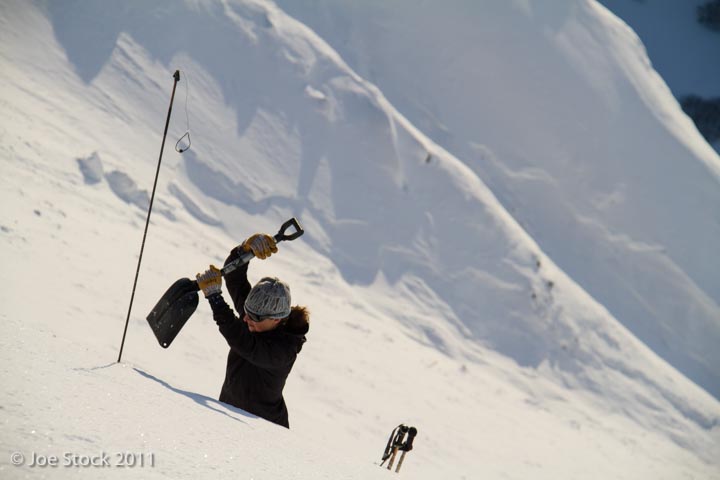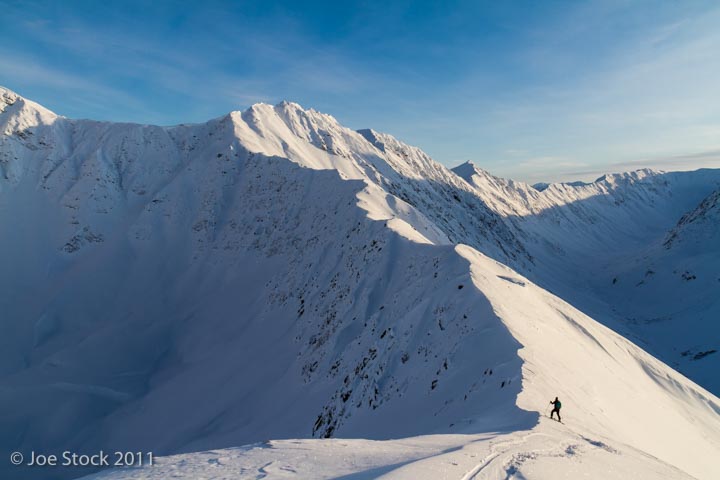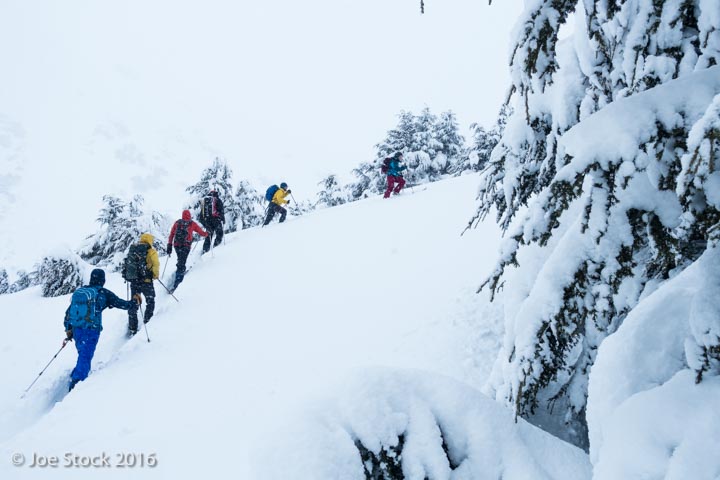National Avalanche Awareness Month: Know before you go!
Here in Alaska, the seasonal transition is easy. Decreasing daylight, fall foliage and termination dust on the mountain tops. Before long, the snow levels make their way down the mountain and as weather patterns move in conditions shape up for our favorite winter recreations. Whether you enjoy snowmachining, backcountry touring, split boarding, snow biking, cross country skiing, snow shoeing, or shoveling your drive-way, avalanches need to be on our mind from the start. In recent decades and close to home, across our state accidents and closes-calls are increasingly synonymous with our passions surrounding winter sports. November marks Avalanche Awareness month, so here are a few things you can do to prepare yourself for the winter ahead:

Willie Dalton Photo
- Check out online resources. As the days get shorter, take time to explore what the internet has to offer. Watch the newest edition of the Know Before You Go avalanche awareness program. Take an online tutorial or read an accident report from avalanche.org. Visit the Alaska Avalanche Information Center avalanche resources page and explore a variety of content for all user groups. Or see what’s going on with our neighbors at Avalanche Canada’s webinar series.
- Make sure your gear is functional and Practice. Everyone who travels in avalanche terrain must carry a fully functioning avalanche transceiver, shovel and probe. Most importantly they need to know how to use them and have practice recently. This is the time to brush off the cob-webs, make gear purchases, or upgrade these essential items. Make it a fun evening activity, include your riding partners and devise scenarios. Consider additional items to pack such as first aid, an emergency communication device, and other survival gear.
- Register for an avalanche training course. Before the sun is shinning and the powder awaits, make sure you have recently taken a formal avalanche training course, or at the very least an avalanche awareness. The Alaska Avalanche School is a great place to start searching for local recreational and professional courses, while other courses and providers are also available. Check with your local avalanche center for events near you, or available opportunities to learn. Often times traveling somewhere new can shake up your norms, and provide a great learning environment and outcomes in the snow and avalanche world.

Avalanche forecaster Wendy Wagner analyzing snow stability in a snow pit while backcountry skiing at Manitoba, Summit Lake, Kenai Mountains, Southcentral Alaska, Winter. MR. Joe Stock Photo
- Check your local avalanche forecast and observe the weather. The snowpack is a book that we can read, evaluate and choose how to interpret. It is also what can get us into an avalanche. Professional forecasters and public observations are the way to help the community at large make more informed and educated decisions when it comes to traveling through avalanche terrain. Avalanche.org and Alaskasnow.org provide links to the seven centers around the state (list below).

Avalanche forecaster Wendy Wagner backcountry skiing at Manitoba, Summit Lake, Kenai Mountains, Southcentral Alaska, Winter. Joe Stock Photo
- Recognize red flag conditions. When it is finally time to get outside, look around. Are there recent avalanches? Signs of unstable snow? Heavy snowfall or rain? Wind blown snow? Rapid melting or warming? Persistent slabs? Slopes greater than 25 degrees? Terrain traps? Often times, our emotions, partners, pride, or ego can get in the way of making good decisions. Remember to slow down, have fun, and live to ride another day.
Chugach National Forest Avalanche Information Center, Hatcher Pass Avalanche Center, Coastal Alaska Avalanche Center, Valdez Avalanche Center, Eastern Alaska Range Avalanche Center, Cordova Avalanche Center, Haines Avalanche Center.
Support your local avalanche center, consider making a donation.

Level 1 avalanche course at Manitoba Cabin, Summit Lake, Kenai Mountains, Alaska. Joe Stock Photo
-Jeff Moskowitz
- Interim Director, Alaska Avalanche Information Center
- Forecaster, Haines Avalanche Center
- Instructor, Alaska Avalanche School
